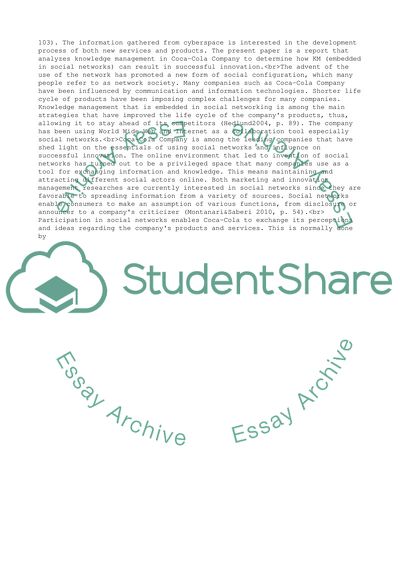Cite this document
(Knowledge Management, Social Networks and Innovation Essay - 2, n.d.)
Knowledge Management, Social Networks and Innovation Essay - 2. https://studentshare.org/management/1863968-knowledge-management-social-networks-and-innovation
Knowledge Management, Social Networks and Innovation Essay - 2. https://studentshare.org/management/1863968-knowledge-management-social-networks-and-innovation
(Knowledge Management, Social Networks and Innovation Essay - 2)
Knowledge Management, Social Networks and Innovation Essay - 2. https://studentshare.org/management/1863968-knowledge-management-social-networks-and-innovation.
Knowledge Management, Social Networks and Innovation Essay - 2. https://studentshare.org/management/1863968-knowledge-management-social-networks-and-innovation.
“Knowledge Management, Social Networks and Innovation Essay - 2”. https://studentshare.org/management/1863968-knowledge-management-social-networks-and-innovation.


